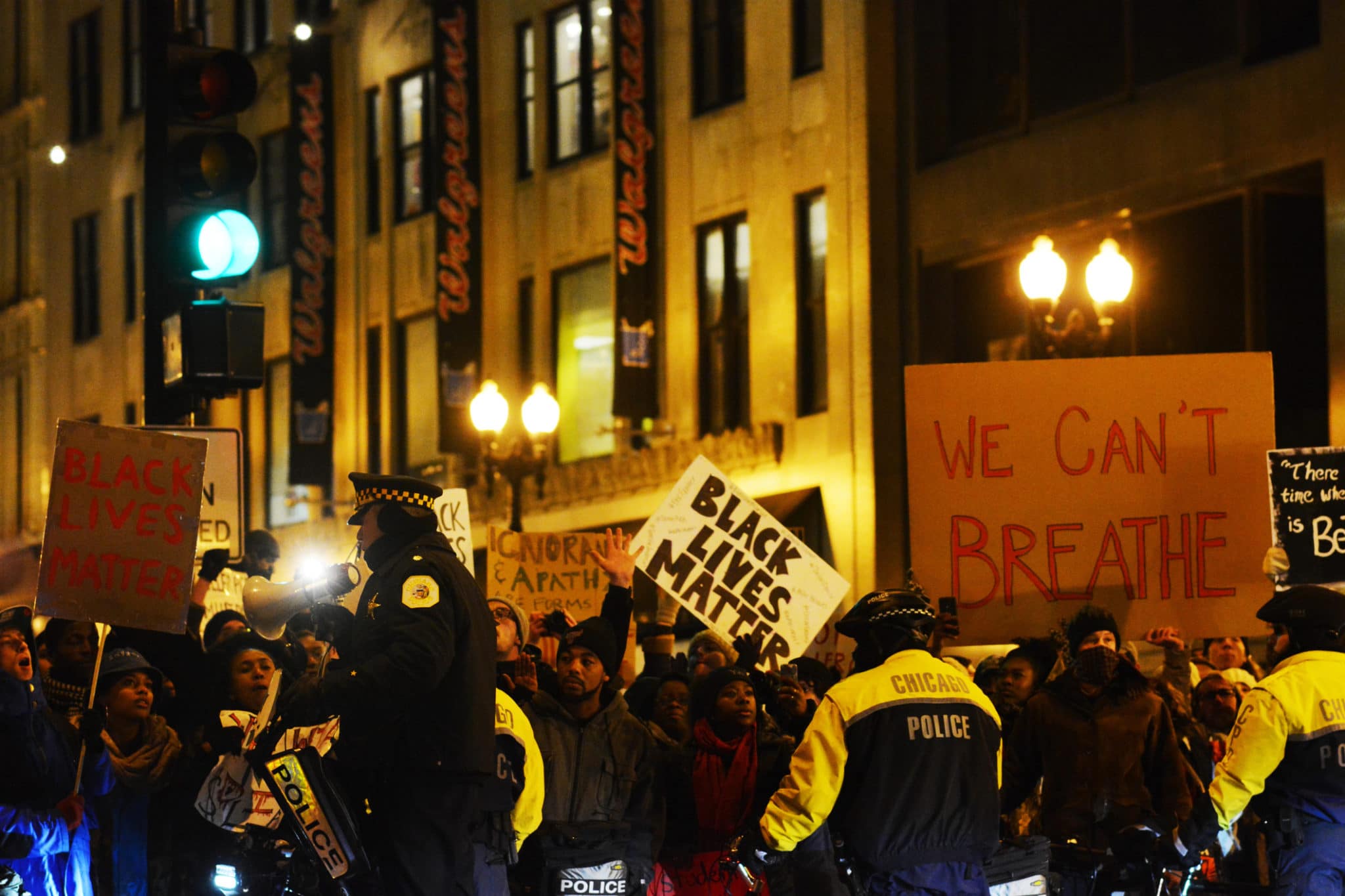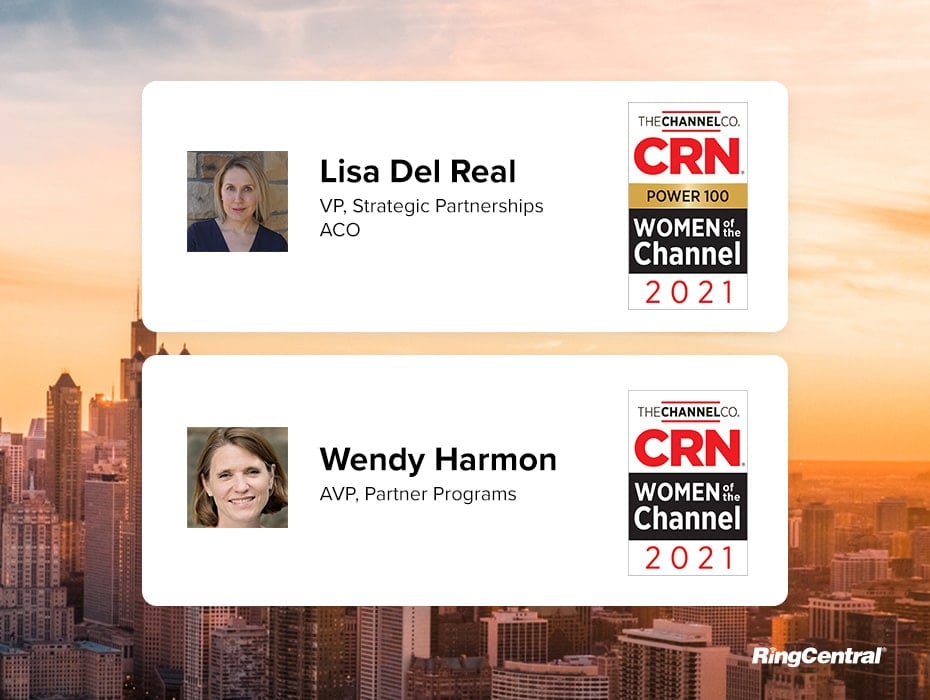At a glance:
- As we wrap up AAPI Heritage Month, I wanted to share my experiences both as a business leader in the tech world and, more importantly, as a woman of Asian descent.
- Check out our latest Real Talk episode featuring Victoria Lee, founder of Welcome to Chinatown.
When I think about what my true cultural identity is, I think back to my years in high school. I was one of the few Asian-Americans in my predominantly white school, which was often at odds with what was “normal.” Like, for example, being the girl who’s supposed to know Jackie Chan, or who can help everyone with their math homework. Math was my worst subject!
And yet, my parents wanted me to assimilate. To become fully American, so to speak. But to say I was caught between two vastly different cultures would be an understatement.
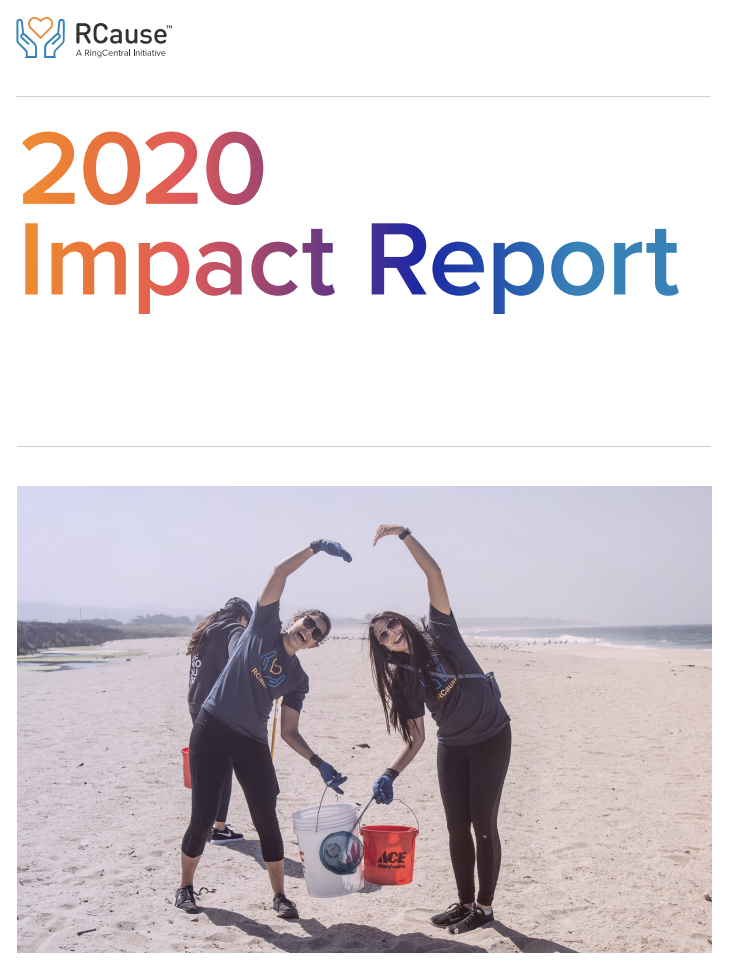
As a 1st-generation Chinese-American, I was expected to understand both the Western world we lived in and the Eastern heritage that came before me. So I grew up a bit confused. Was I Chinese? American? It took me until adulthood that I really accepted my identity as somewhere in the middle. And that was totally okay.
Addressing AAPI as a company
When the opportunity arose to become the executive co-sponsor of RingCentral’s new Pan-Asian Network group a few months ago, the mission seemed doubly important.
First, I’m very proud to work at an organization that goes to lengths to make all members of its community—employees, partners, customers—feel safe and valued. Second, as an Asian-American, I started to see how the rise of anti-Asian sentiment affected people around me—my colleagues, family members, and yes, myself.
Sadly, this sentiment is nothing new. Several years before COVID, I remember feeling shocked and stunned when a woman in my suburban, Bay Area neighborhood pulled down her eyes at me as if to say, “You’re Asian.” It made me feel singled out—like maybe this melting pot we live in isn’t as welcoming as I grew up thinking it was.
RingCentral’s Pan-Asian Network
Here at RingCentral, our mission is all about building better human connections—and that starts from within. Our Pan-Asian Network has been a source of support and comfort, but it’s also about activating our experiences and points of view to make the world a better place.
In honor of Asian American and Pacific Islander Heritage Month, we recently held a Real Talk episode with Tu-Han Phan, RingCentral’s Senior Social Impact & Diversity Business Partner, and Victoria Lee, co-founder of Welcome to Chinatown, a grassroots initiative that aims to support Chinatown communities around the US.
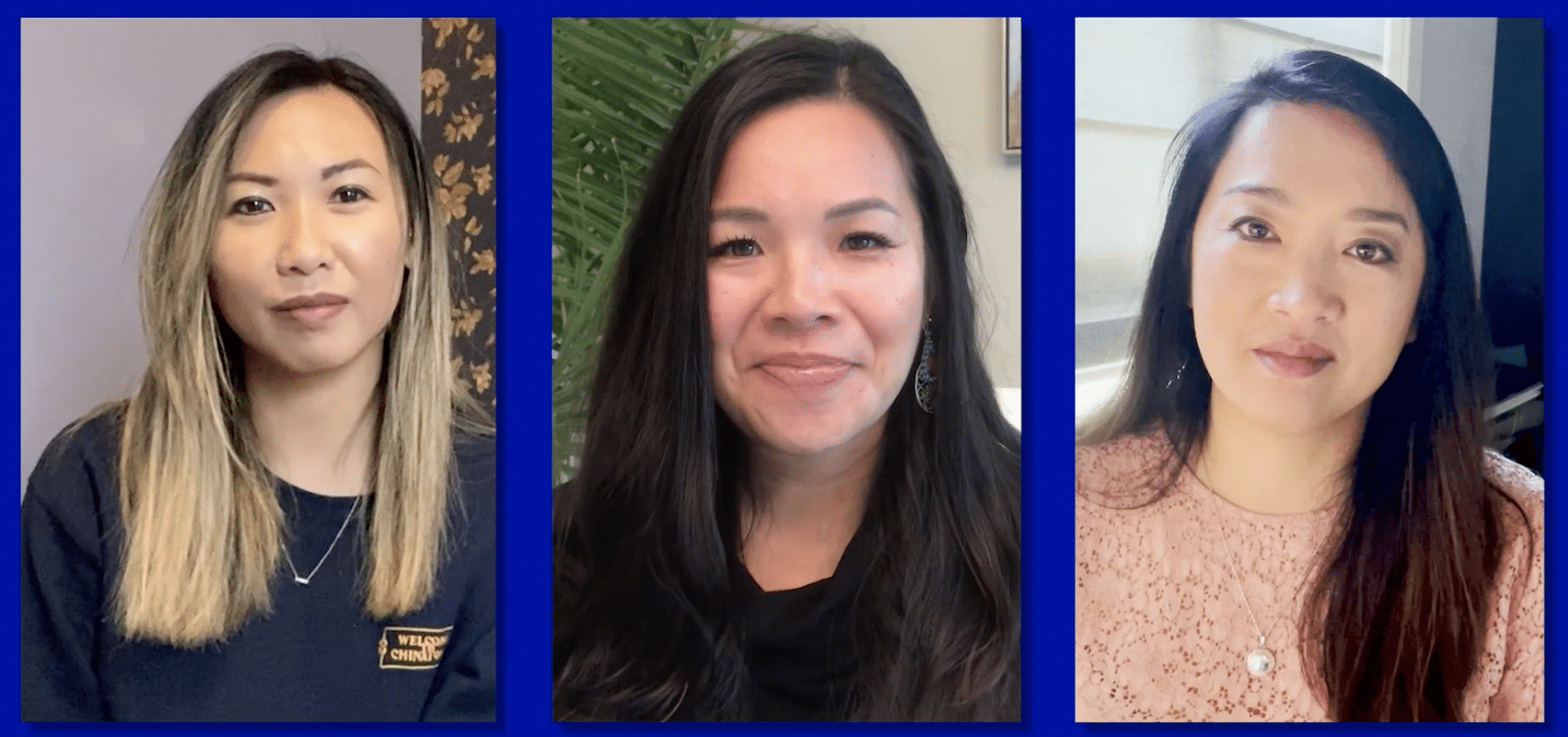
If there’s one silver lining to the last few months, it’s that our Pan-Asian community has really taken the opportunity to discuss openly. It’s been healing and supportive, and these conversations also offer some direction for how to stand with Asian friends and colleagues during these challenging times.
Here are some takeaways we’d like you to know:
1. We’re not a monolith
As Asian-Americans and Pacific Islanders, we represent hugely diverse communities and geographies, all with their own cultures and histories.
“We need to celebrate that cultural diversity,” said Lee. “There are so many different ethnicities that are categorized as Asians, but typically, when we’re speaking about Asians, people think of East Asians. We’re treated as one category and people. I’m trying to take the time to educate myself about more within the Asian community, and not just learning about myself as a Chinese-American.”
2. We’re not all overachievers
People tend to stereotype Asians as a “model minority” full of smart overachievers. But the perception that Asians are doing so well can mean those who need help are overlooked. “One in four Asian-Americans lives in poverty,” said Lee.
“We’ve also had the highest unemployment rate throughout COVID because many of them, particularly in New York City or California, work in service, food, hospitality. We need to really pull back that model minority myth to ensure that resources and access reach these groups.”
Asian stereotypes harm us in other ways too. I personally can think of times where I haven’t raised my hand or pushed myself harder because I don’t want to feed into those ideas.
My father, who passed away a few years ago, was very much about hard work. But he also told me the thing he felt held him back in his career was not speaking up enough. He used to say he felt like he had to break through his own glass ceiling.
3. It’s not just about food (but sometimes it is, and that’s OK)
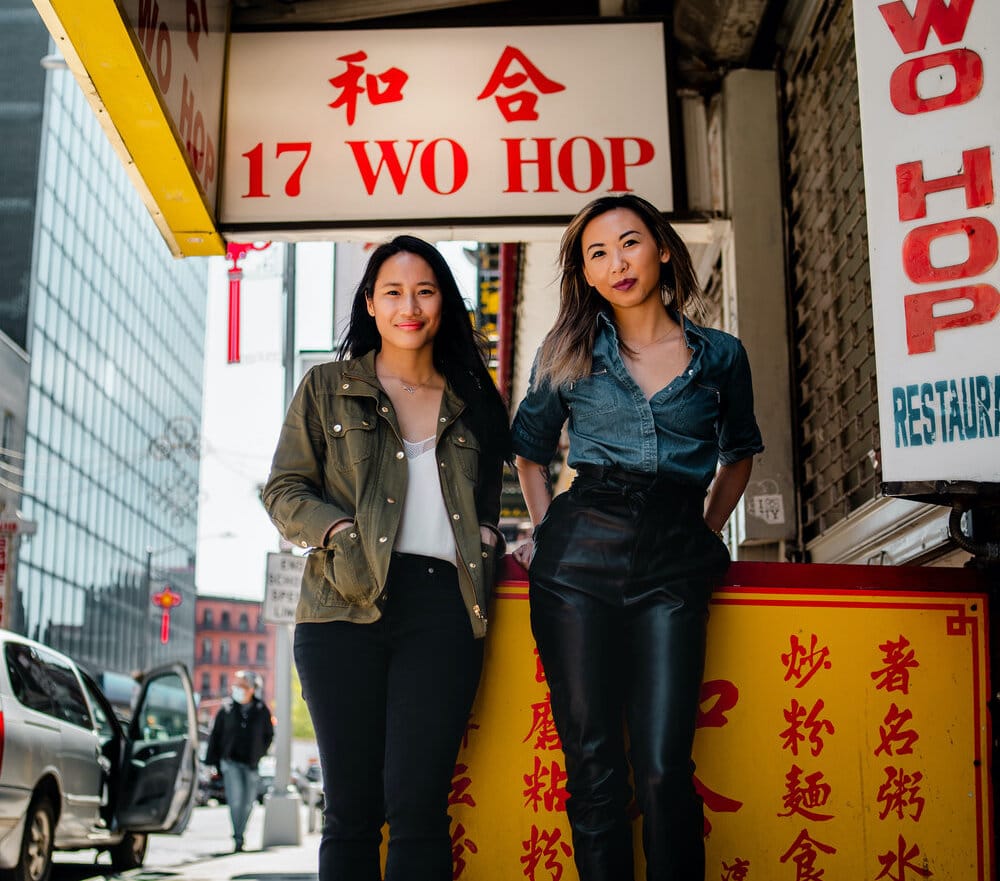
Part of Lee’s mission at Welcome to Chinatown is imparting a greater understanding that there are real people behind Chinese restaurants and shops. “We want to change the perception that Chinatown small business owners, they’re not transactional,” said Lee.
“You’re not just coming to this community for a cheap eat or to buy tchotchkes. We want people to understand the rich history and legacy that they have brought to building this community and making ethnic enclaves like Chinatown so great.”
That said, there’s nothing wrong with loving our food—we sure do. For Lunar New Year at RingCentral, we brought in a chef and did a virtual dumpling cooking class that had incredible turnout of employees coming together. Food is definitely one of those sparky moments for me that made me want to do this. I have to say, I’m a big fan of Asian food.
4. Be an accomplice, not an ally
While there’s been a lot of talk about how to be allies for Asian-Americans, Lee wants to see those who care take it even further. “Standing in solidarity with us of course is important but be an accomplice and be active in helping to fight for racial justice,” she said.
And don’t forget to check in with your AAPI friends, who—if they’re anything like me—are probably feeling burned out and exhausted from everything that’s been going on. “I can’t say how important it is to really check in on people and where it’s checking in on people is because it spurs dialogue,” said Lee.
Watch the whole conversation here.
Originally published May 27, 2021, updated Jun 01, 2021



